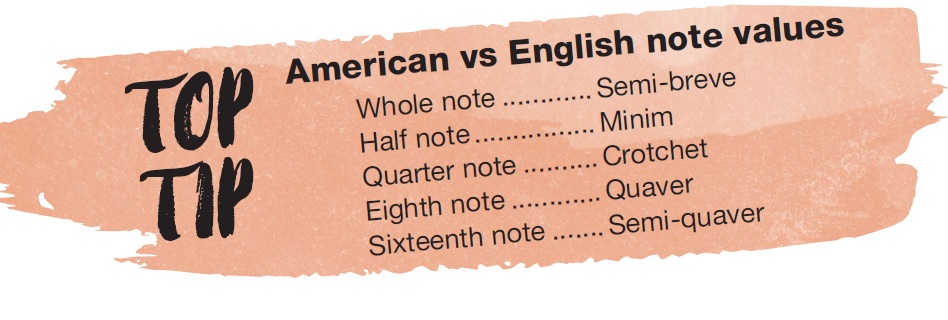We take a closer look at the three key elements that make up a piano melody
Main image: ©Unsplash
So, you want to write a piano piece.
You may have an idea of what you want to create - perhaps you already have a set of chords and a style in mind. Perhaps you have absolutely nothing so far.
Either way, you're here because you want to know how to come up with your melody.
Before writing a piano melody, it's important that we understand what a melody consists of. How can we successfully write a melody when we don't first grasp the inner structures of melodies?
There are THREE key characteristics of a melody that you need to know about before getting started:
Rhythm, shape and harmony.
All three of these characteristics are completely and utterly vital to a melody. A melody does not exist without these three fundamental characteristics.
1. Rhythm
In the bass clef of bars 1-2 of this example below (a), the composer has gone for two quarter notes, two eighth notes, and another quarter note, followed by two half notes in bar 2. This is a good variety and is an ideal combination for a theme.

In bars 3-4 (b), you can see that the composer keeps the first half of the melodic line the same, but slightly varies bar 4; instead going for two quarter notes and a half note. Bars 5-8 (c) are again variations of the original two bars.
2. Shape
This example features a right-hand melody line, with the notes ranging from a Bb to a G.


3. Suggested harmony
In the first bar of the theme, we see it begins with chord I (Bb, D, F are all used), before it teases F, chord V. You can see the eighth notes descending through A, G and F.
Bar 2, however, takes us away from the expected V and up to Gm, the VI, before taking us back down to the V again before the bar ends.

Bars 5-8 see the harmony move through Bb’s most used chords; Gm, F, Eb, and a brief switch to Dm at the end of bar 5 – chord iii.
Now that we know the key ingredients of a main melodic theme, it’s time to write our own! You’ll need to:
1) Print the blank sheet music off below
2) Insert your key signature
3) Draw in the bass note of each chord in your progression, thinking about where they are going to be rhythmically
4) Begin drawing ideas for your melody!

This article was taken from Pianist's Ultimate Guide to Composing Your Own Piano Piece. Our interactive eBook includes access to advice from top professionals within the music industry - including Ennio Morricone and Melanie Spanswick, dozens of tips and tricks to help you compose your own music, blank sheet music and infographics, and so much more. By downloading the eBook, you will have access to top advice on how to:
- Choose your own style
- Pick your key
- Establish your chord progressions
- Establish your main melodic theme
- Create your structure
- See Melanie Spanswick's alternative method
- Read advice from the world's best composers








